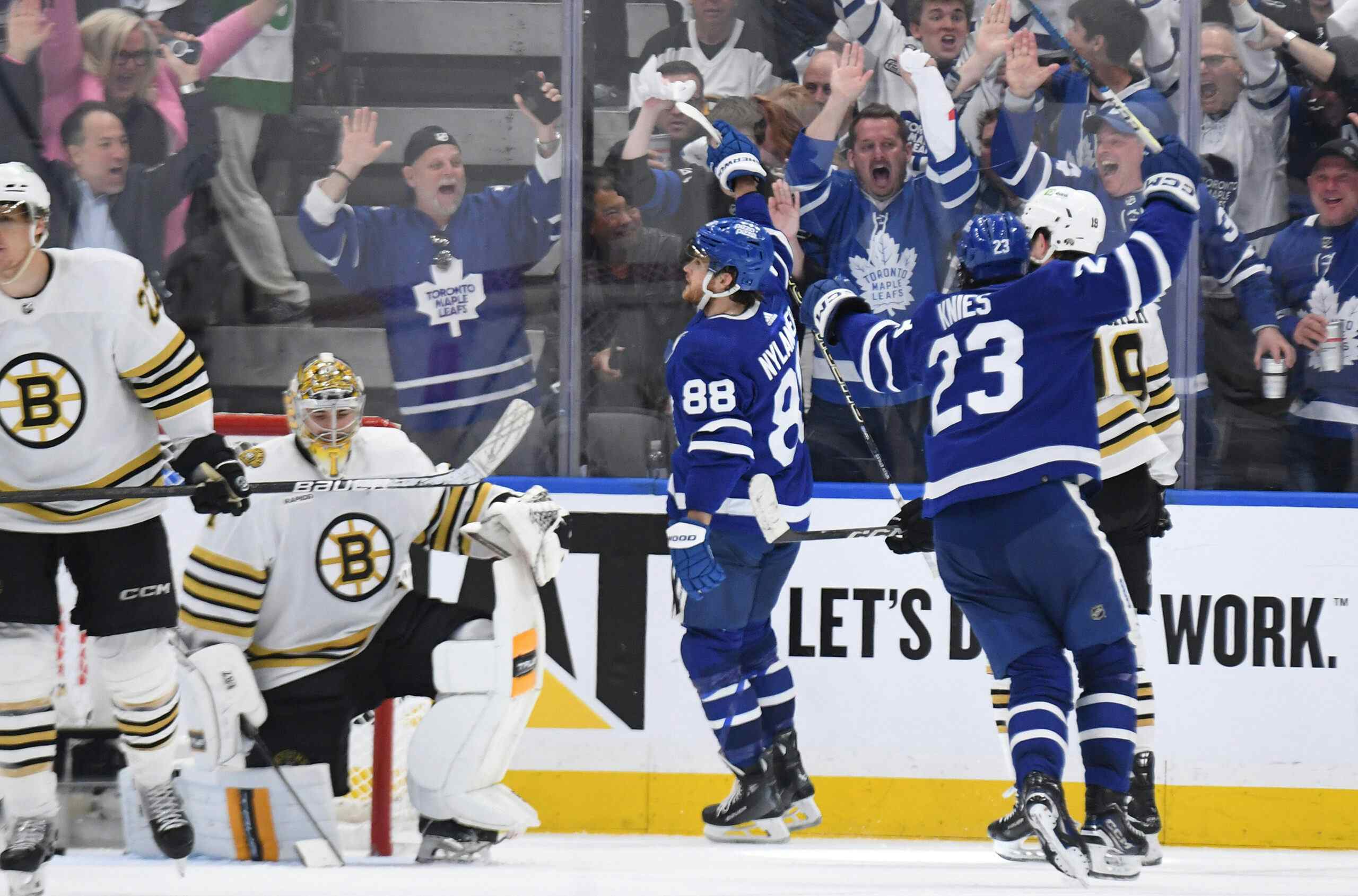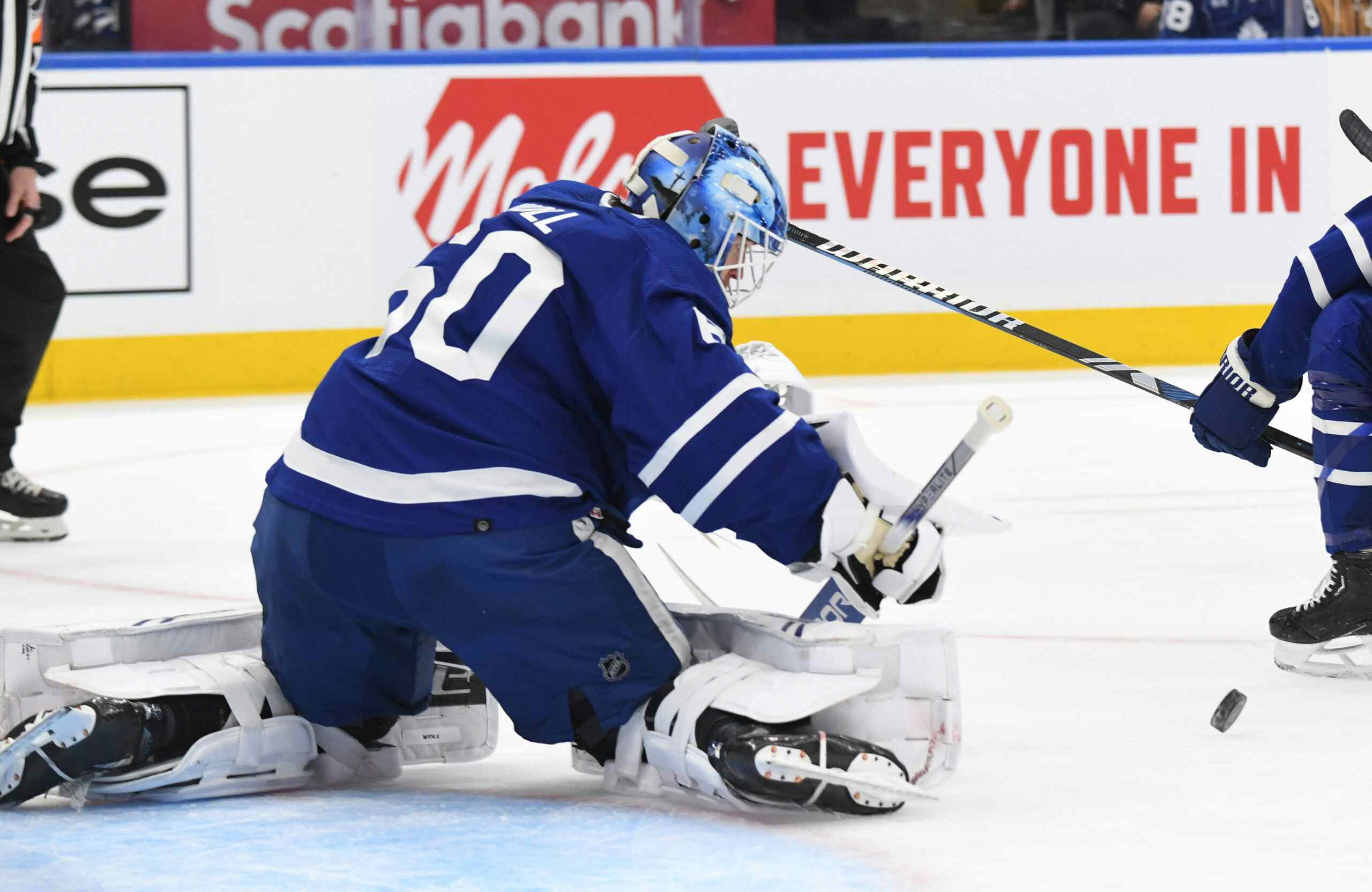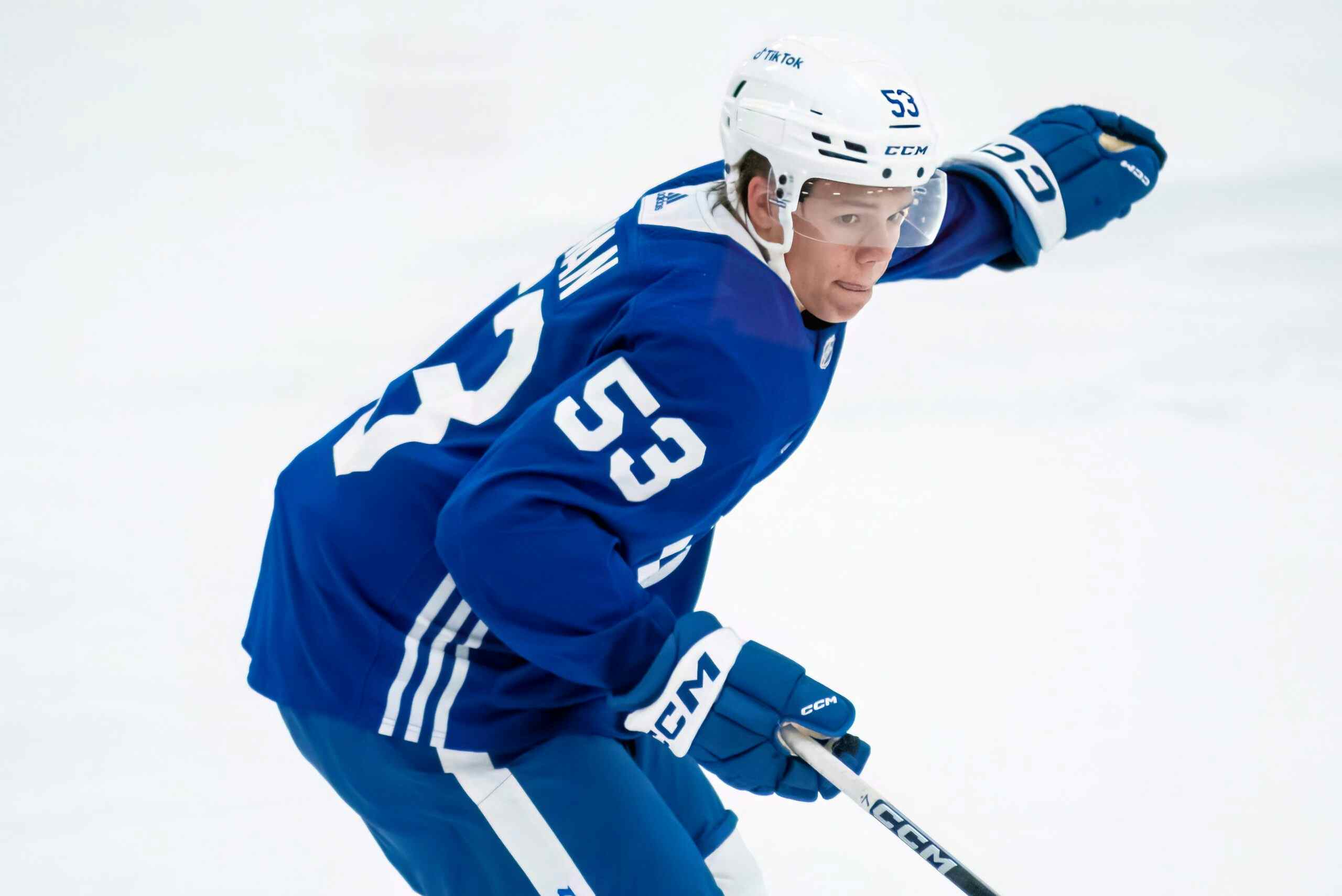Mythbusters: Tyler Bozak edition
By Cam Charron
10 years ago
via Wikimedia commons
This website likes to encourage as much conversation as possible, and generally that means we want readers and contributors to challenge their own personal beliefs and biases and look at hockey from a different perspective.
Somehow in all that, Tyler Bozak has gotten caught up in the cross-fire. Myself and Jeffler have spilled many, many words about the Leafs’ need to ditch Bozak as a first line centreman option.
There is no shred of objective data that exists that shows that Bozak is a reasonable option as a Top Six centreman in the NHL. I keep scouring for any sort of information that would point me to a different conclusion. The guy was a first line centreman for a playoff team, right? So what am I missing? Is there a different way that I can look at the numbers as they’re presented and change my mindset?
It’s not likely. At least, not with the two most common defences of Tyler Bozak I get via Twitter. Read on.
Myth No. 1 – “He’s good at faceoffs”
People have fallen in love with Tyler Bozak’s faceoff ability, but it’s important in general to be wary of the overall value of a faceoff. The gap between who is “good” and who is “bad” at faceoffs is fairly marginal.
Here’s notorious timeline-clogger Steve Burtch who went through the steps to figure out what the overall value of Patrice Bergeron’s faceoffs were:
Somebody get that guy a Tumblr or something.
Remember… when a draw is won or lost and leads directly to a goal for or goal against, it doesn’t mean that a better faceoff man would have prevented the goal. Patrice Bergeron, who is the best in the league at this thing, has lost 729 even strength faceoffs over the last two seasons.
I listed out the players marked as being “Faceoff Leaders” over each of the last two seasons (that worked out to being 61 names), then looked to see which players were outside one standard deviation from the mean of 51.15%. Generally, you’d do this to see which players would be far enough away from the league average that you could be reasonably certain that it’s not due to randomness.
There’s an amazing post by Phil Birnbaum worth a read called “Eliminating stupidity is easier than creating brilliance”. At the start of the post he discusses an old theory that one way to test if something relies purely on luck, ask yourself if it’s possible to lose on purpose.
If you don’t like that one, try casino blackjack. You can lose on purpose just by hitting every hand — eventually, you’ll go over 21 and bust. But, can you *win* on purpose? Only to a certain limit. If you aren’t a card counter, the best you can do is to faithfully follow “basic strategy.” In that case, you’ll reduce the house advantage to its minimum possible value —0.5% — which means that you’ll lose, on average, $1 for every $200 you bet. Any deviation from that will be random luck.That is: you can lose as much as you want, on purpose. But you can’t win any more than the best of the other players, on purpose.
Now, Patrice Bergeron is quite good at faceoffs, and you can be quite sure that he is good on purpose. At 61.89% over the last two years, Bergeron is two standard deviations outside the mean. Like in blackjack though, there’s only a certain amount you can be better than the next opponent. No player is winning all of his draws, and no player is losing all of them. Any combination of timing, strength or positioning can win a player a faceoff on any given draw and there are no guarantees.
Bozak is 22nd out of 61 players. At 52.28% over the last two seasons, Bozak is worth 0.87 possessions per 15 faceoffs better than a replacement faceoff-taker (I crudely determined replacement faceoff % by averaging the rate of each of the players below one standard deviation. Somebody probably has a better way of doing that, but the numbers shouldn’t change too much. I came up with 46.46%). Somebody who is objectively bad at faceoffs would win 0.87 draws per game less than Bozak placed in the same position.
Mikhail Grabovski is the only other Maple Leaf that made the list of 61. He is worth approximately 0.68 draws per 15 better than a replacement player (15 is generally an average of EV faceoffs). It’s not like Bozak deserves more ice-time on the basis that he is overwhelmingly better than somebody else in the same position. Like Burtch noted on Twitter, Bergeron’s situational success is worth less than one goal per series for the Bruins. It’s ultimately not something that will decide a series, and that is the player who is objectively the best in the NHL at that particular craft. Bergeron is a special player because he does so much more than win faceoffs, not because he has success off the draw.
Myth No. 2 – “He has chemistry with Phil Kessel”
Well this is just plain wrong, and if it’s going to take some graphs to show it, then graphs I will show. If you go to Hockey Analysis’ stats page, you can break up player stats with and without a particular player. The first would be to see how Phil Kessel’s goals and point totals do when he’s on the ice with Tyler Bozak as opposed to without:
Here is one breaking down goals per 60 minutes at even strength, with and without:

Note that the blue bar, indicating Kessel, marks a much, much higher goal rate while the two are apart than together. Bozak loses about half of his production in the 584 minutes he’s played apart from Kessel in his career. That’s a small sample, but Kessel at 1495 minutes is about a full season’s worth spread over the four years Bozak and Kessel have been in Toronto.
Like I’ve said, if there were anything to this chemistry that Kessel and Bozak have together, it would show up in the data. Maybe here?

One quirk I’ve noticed is that Kessel gets fewer assists when he’s away from Bozak, which contributes to a slightly lower point total. He loses much less of his point production rate than Bozak does, however, and the Leafs still manage to score more goals. It’s just that Kessel isn’t as involved in them.
Here’s that chart. Total goals for per 20 minutes for the Leafs and the Leafs’ opponents, with the players together, Kessel without Bozak and Bozak without Kessel:

* – The first pair of columns is Kessel + Bozak, indicating the two together. The second is Kessel – Bozak, indicating it’s just Kessel and not Bozak, while the third is Bozak – Kessel, indicating Bozak but not Kessel.
The Leafs are actually a plus-team with Kessel on the ice without Bozak, and they absolutely struggle to both a) score goals and b) prevent goals when Bozak is on the ice without #81. A caveat though would be to look at goals alone and not account for shots as well, because goals can be affected by shooting percentage over a small sample.
So here is the chart presented the same way, but looking at shot attempts—not goals—per 20 minutes in the same situations:

The Leafs are close to being a plus-possession team with Kessel and no Bozak, but ultimately aren’t. This chart is a bit fairer to Bozak, but it still shows that the Leafs are limited offensively when Bozak isn’t playing alongside his winger. It shouldn’t come as much of a surprise, but other than giving up a slightly higher number of shots, it should be quite clear that the Leafs control the flow of the game much better with one of these players on the ice and not the other.
So yes, Bozak is a bit of a boat anchor.
If you want to see some true chemistry, check to see which players do better when together than apart The trick is to look at the gap between the blue and red bars. The higher the blue bar compared to the red one, the more positive your team’s possession with those two players on the ice, and that will ultimately lead to more goals. Like Jonathan Toews and Patrick Kane:



QED. Look at how close that blue bar is to 25 shots per 20 minutes. Even Backstrom/Ovechkin and Toews/Kane aren’t that high.
If you want to make the argument that Bozak would be much better suited to a third line role, or that he has value as a penalty-killer in Scott Gordon’s system I probably wouldn’t disagree. The problem is that he is not worth the money I think he is expecting on the open market. Kevin McGran suggested that he’s expecting $5.5-million, which is absolutely insane. That’s good second-line centreman money. Tyler Bozak would not be a good second-line centreman.
$1.5M to $2.0M and I’d consider it, but only if I’d exhausted all other options. The things Bozak does reasonably well should not be worth an awful lot, and Dave Nonis should not let the fact that Randy Carlyle likes Bozak a lot warp the player’s value.
Recent articles from Cam Charron





